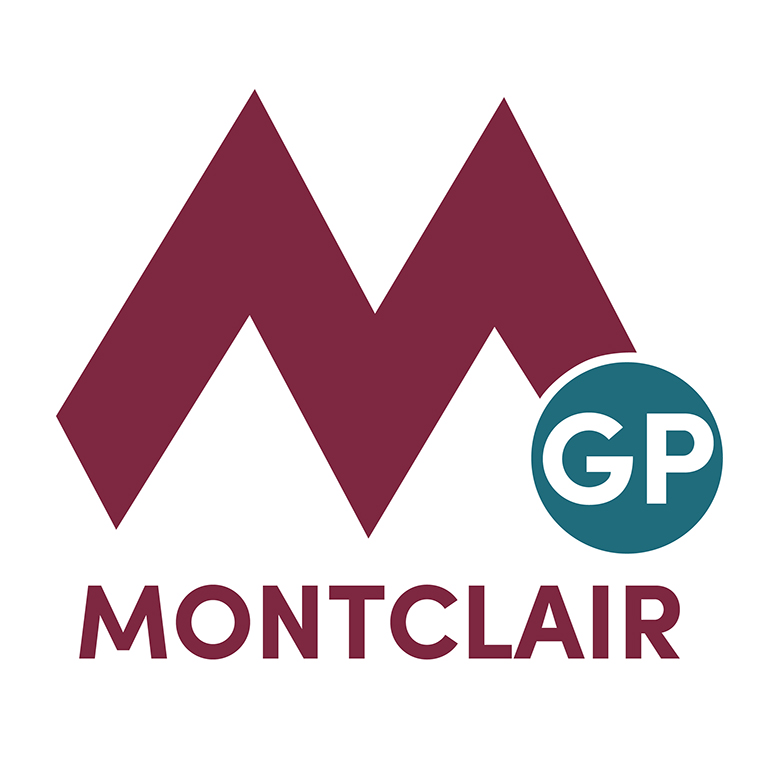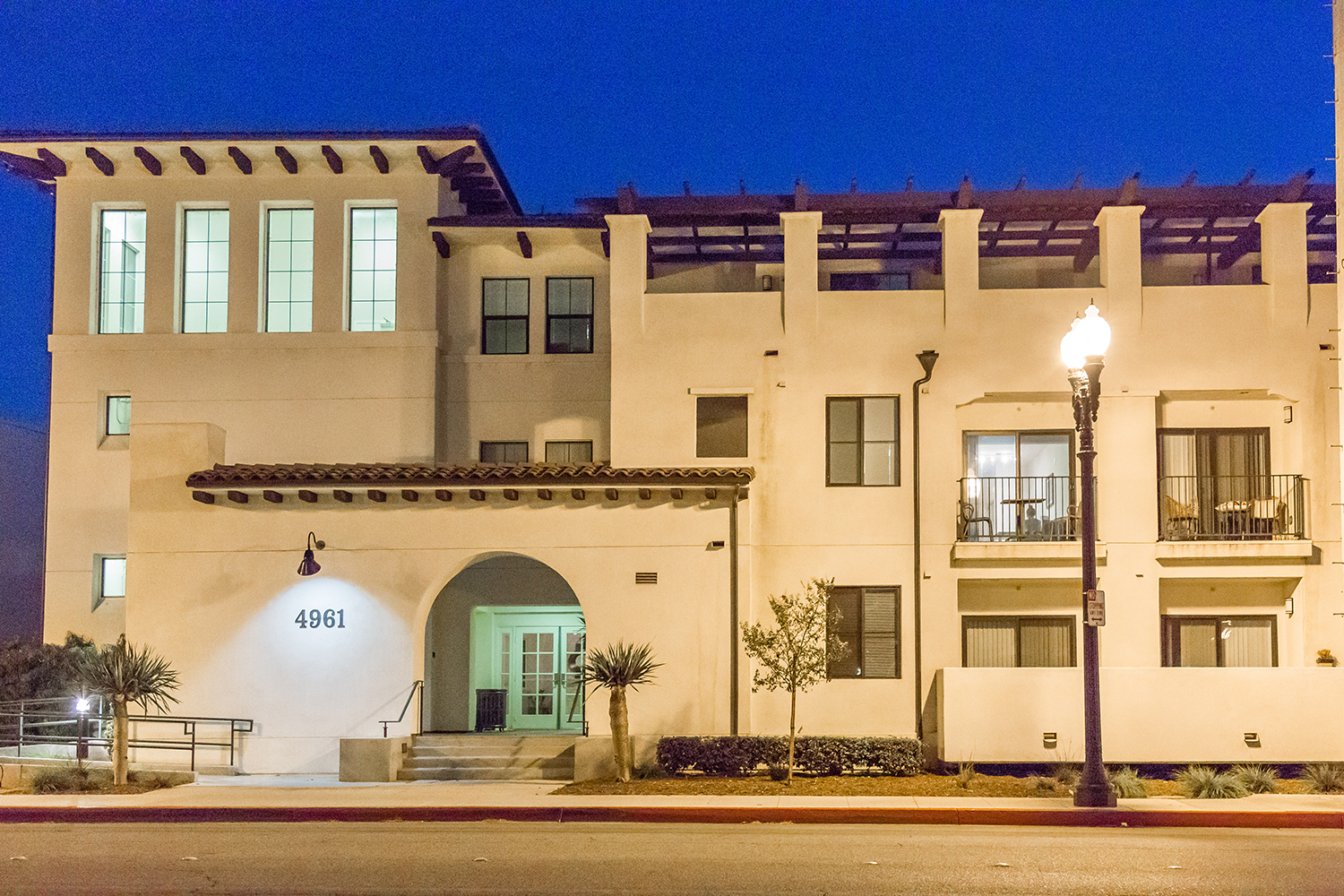After significant challenges to the regional economy precipitated by the Great Recession, the Inland Empire is finally in a state of recovery and stability returning to pre-recession levels of economic growth in most, but not all, parts. That said, while the economic and demographic growth projected for the Inland Empire is tremendous by all measures over the next few decades, there appears to be little change in the core value proposition driving future growth compared to the last few growth cycles – market pressures from coastal counties, availability of abundant freeway serviced land, and lower cost of living.
In addition, growth in this cycle has some additional hurdles for cities and regions, particularly in California, to overcome. Among these are a rapidly changing retail environment that is succumbing to the pressures of the internet faster than we can follow, changing ways that Cities will have to look for fiscal resources, disruptive changes in mobility that are underway and oncoming; shifts in the way we look at personal assets in a sharing economy; a growing millennial generation burdened with debt and facing a changing work environment forced to consider alternatives in the way they live, move and work; a growing senior population with uncertain healthcare and services costs; and finally a very limited toolbox for cities to fund and finance their local infrastructure needs.
There is, however, an emerging view that the Inland Empire has the ability to shift this narrative in the 21st century and take advantage of some of its unique strengths to lead economically and environmentally sustainable growth in the region. Leveraging a number of planned and proposed transportation improvements, including the expansion of the Metro Goldline to Montclair, West Valley Connector BRT system, and ride-sharing services that could provide intra-regional connectivity, and increasing national and international connectivity through the Ontario Airport, among others. Continuing to build the connection to the hierarchy of world class educational institutions, community colleges and schools including Cal Poly Pomona, the Claremont Colleges, University of California Riverside, to promote the region as a strong contender for knowledge based jobs in addition to logistics and other service jobs is another opportunity. Finally, investing in and leveraging an urban quality of life that attracts the next generation of employees and businesses, leveraging historic downtowns that have often been overlooked to promote freeway oriented development, and supporting mixed use as opposed to large single use developments are going to be critical in creating a new identity of ‘place’ in the Inland Empire.
The good news is that Montclair has been at the forefront both in terms of policy and action in taking advantage of many of these strengths. As one of the westernmost communities in San Bernardino County, Montclair enjoys a stronger market position compared to many of its peers to the east. Renewed development interest in terms of investment in residential and mixed use development is a testament to that. Combined with that, the City leadership’s proactive efforts towards attracting a more ‘urban’ quality of development, repositioning its traditional retail to mixed use districts, demanding a higher quality of development at a higher intensity and advocating for mass transit are expected to create long term benefits for the City’s overall health. The General Plan update and the AHMUD Specific plan provide additional tools to propel this positive momentum in Montclair, as a leader in creating the new 21st century narrative for the region.


Leave a Comment